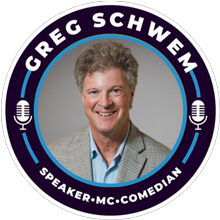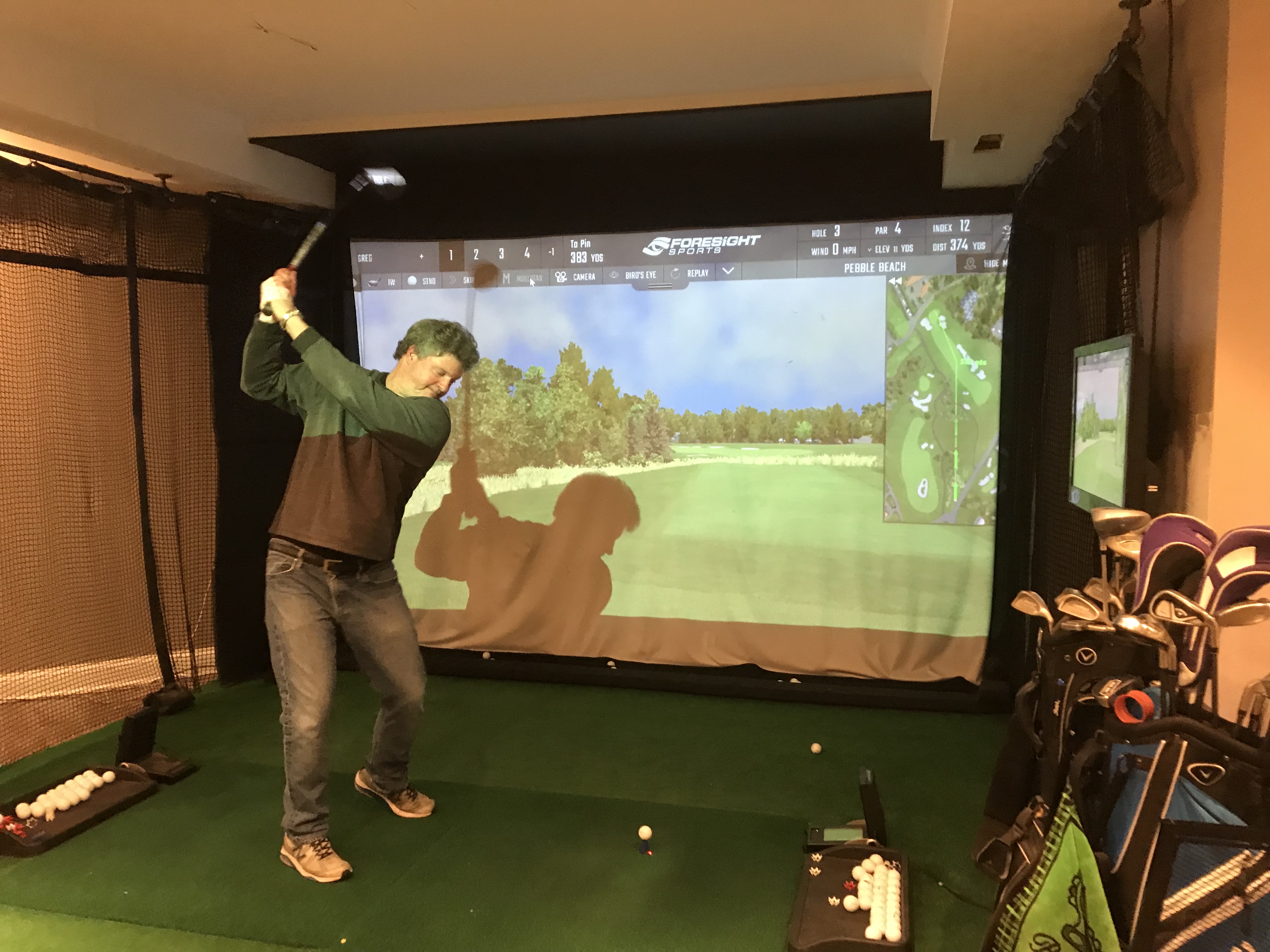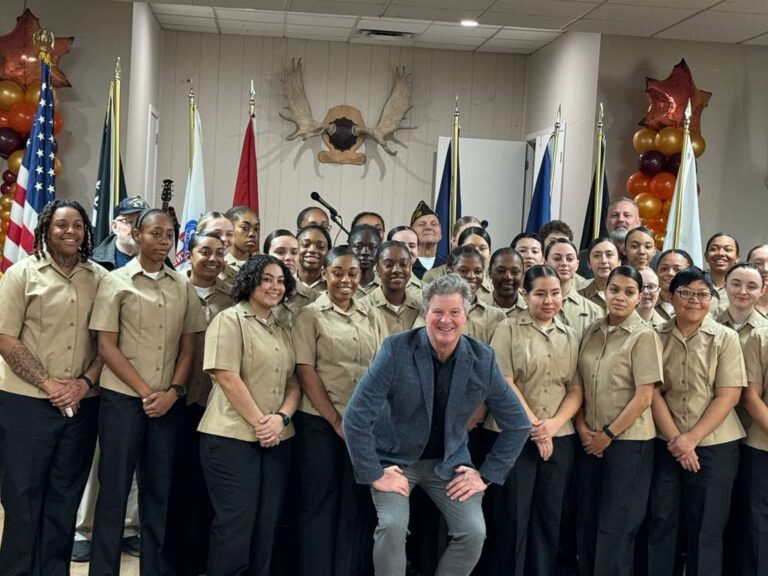This is the story of a company that corrected a problem after its loyal customers
sounded off.
Specifically, over a sound.
The company is Foresight Sports, makers of those golf simulators that allow players to
hit into a screen displaying, via computer generation, some of the world’s most famous
golf courses. Golfers hit an actual ball, and hardware and software track the ball’s speed,
spin and location, eventually showing where the ball would have landed at, say, the
historic 17th hole at St. Andrews in Scotland.
The simulators are popular at indoor golf instruction facilities, residential man caves
and even 1600 Pennsylvania Avenue. President Barack Obama, an avid golfer, had a
small simulator installed in the White House. President Trump, it was recently revealed,
removed Obama’s toy and, in typical Trump fashion, installed a BIGGER, MORE
AMAZING simulator, presumably so he could refine his swing while engaged in
“executive time.”
Besides “seeing” the ball fly toward idyllic locations, such as the famous 14th hole
island green at Coeur D’Alene in Idaho, Foresight simulators allow golfers to also “hear”
the sounds accompanying a round of golf; even the horrible ones such as a duck hook
careening through a grove of pines at San Francisco’s famed Olympic Club or a wild
slice splashing into the Pacific Ocean at Spyglass in Pebble Beach, Calif. And therein lies
the problem that had Foresight simulator users up in arms.
One of the game’s most glorious sounds, the “ba-dump” the ball makes when it hits the
bottom of the cup after a perfectly-stroked putt, was suddenly nowhere to be heard.
“I felt cheated and empty,” said my buddy Tom, only half-kidding, adding that he
noticed the sound’s disappearance after updating his simulator’s software. As Tom and I
“played” Pebble Beach one evening, in the basement of his suburban Chicago home,
Tom marveled at the realism and pleasure his Foresight simulator provided him, while
also allowing him to work on his game when outside temperatures hovered in the single
digits.
Tom called the Foresight support staff, inquiring about the missing ball drop sound. A
technician admitted Foresight had been bombarded with calls and emails from customers
with the same issue. The simulator’s audio aspect, trivial as it may seem to non-golfers, is
very important to Foresight’s customer base, according to Foresight Sports Brand
Manager Todd Wente.
“Every audience we address has a different need,” Wente said. “(Club) fitters need to
have pure data; instructors like to have features in the software that show analysis to their
students. When it comes to guys at home, it’s all about trying to replicate that realism.”
Foresight’s engineers, who had just completed the software upgrade in time for last
month’s PGA Merchandise Show in Orlando, began investigating. Eventually, Wente
said, they found the ball drop sound had not been deleted, just inadvertently placed into
another folder during the upgrade. The result was silence, not bliss.
Within a few days, Wente said, engineers had returned the missing file to its proper
destination and created a software patch, allowing Tom and other customers to cap off
each hole with a sunken putt for all to hear. Tom offered to let me play one of the British
courses in his software package, which included the sound of a ball rolling under metal
bleachers. I declined, having heard similar sounds during actual rounds of golf and not
wanting to revisit bad memories.
Other sounds I’ve been privy to while playing, and
which I hope Foresight avoids in its next software upgrade, include a golf ball hitting a
condominium roof, bouncing through a gravel parking lot and colliding with a low-flying
bird. Thankfully for the bird population, I’ve only produced that sound once.
Incidentally, I shot a four over par 40 on the front nine at Foresight’s Pebble Beach
layout, a better score than some of the PGA pros who competed at last week’s AT&T
Pebble Beach Pro-Am.
Cue computer generated golf claps




